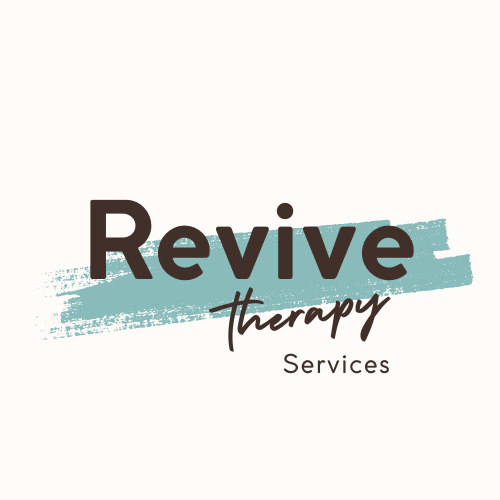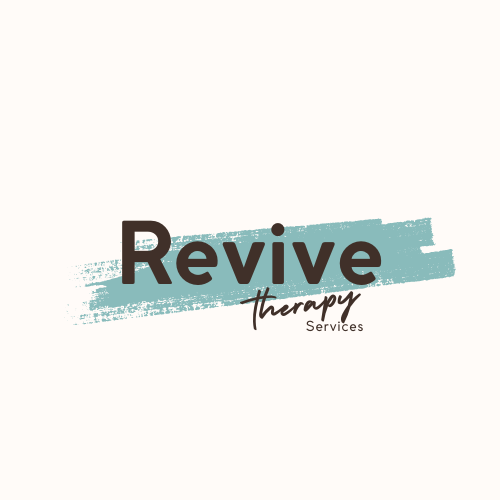5 Ways Trauma Shows Up in Relationships—and How to Break the Cycle
Relationships are where we seek comfort, love, and belonging—but for many of us, they’re also where our deepest fears and unresolved wounds surface. If you’ve experienced trauma—especially developmental, relational, or attachment trauma—your body and mind may interpret emotional intimacy as dangerous, even if you're with a safe and caring partner.
This isn’t because you’re broken. It’s because trauma lives in the nervous system and affects how we interpret and respond to connection. Without healing, it's easy to find yourself repeating the same painful patterns in your relationships, even with the best intentions to do things differently.
Let’s take a deeper look at five common ways trauma can show up in romantic and close relationships—and explore what healing looks like. Here are 5 ways trauma often shows up in relationships—and what you can do to start changing these patterns:
1.) Fear of Abandonment or Rejection
One of the most common relationship wounds stemming from trauma is the fear of being left—physically or emotionally. This can be especially intense if you experienced early attachment wounds, such as inconsistent caregiving, emotional neglect, or abandonment.
You might find yourself:
Panicking when your partner doesn’t respond quickly to a text
Feeling like every argument means the relationship is over
Constantly needing reassurance, but still struggling to believe it
Walking on eggshells to avoid "rocking the boat"
These fears are often rooted in the limbic system—the part of your brain responsible for emotion and survival—which was trained to anticipate disconnection or danger. Even if your logical mind knows your partner isn’t going anywhere, your nervous system might still respond as if you’re on the verge of losing them at any moment.
Over time, this can lead to protest behaviors: clinging, over-apologizing, or even shutting down and withdrawing to protect yourself from perceived rejection.
How healing begins: In therapy, we work to identify where these fears stem from and help you build secure internal resources. Approaches like EMDR can target core memories that gave rise to this fear, while somatic techniques teach your body that it’s safe to stay regulated—even when you feel emotionally vulnerable.
2.) Push-Pull Dynamics: Wanting Love, Then Fearing It
Trauma survivors often live with a deep paradox: a yearning for connection and a fear of closeness. This ambivalence can lead to a “push-pull” pattern in relationships—you pursue intimacy, then withdraw or self-sabotage when it’s offered.
Common signs include:
Feeling overwhelmed or "suffocated" when things get emotionally close
Craving reassurance, then dismissing it or pushing it away
Creating emotional distance after vulnerable conversations
Oscillating between over-engaging and ghosting/withdrawing
This pattern is often driven by disorganized attachment—a response that develops when your early caregivers were both a source of comfort and a source of fear. The internal message becomes: “I need you, but I can’t trust you.”
It’s confusing not only for you but for your partner as well, who may feel like they can never quite meet your needs.
How healing begins: Therapy focuses on helping you develop the internal safety needed to tolerate closeness. You’ll learn how to recognize your protective strategies (like withdrawal or criticism) and build your capacity to stay present in intimacy—even when it feels risky.
3.) Difficulty Trusting—Even When It’s Earned
Trust is foundational to healthy relationships, yet for trauma survivors, especially those who’ve experienced betrayal, abuse, or emotional neglect, trust can feel impossible—even with loving partners.
You might notice yourself:
Questioning your partner’s intentions, even when they’re kind
Scanning for signs they’re lying, cheating, or losing interest
Holding back emotionally so you don’t get hurt
Feeling like something bad is going to happen—even if everything seems fine
This hypervigilance isn’t your fault—it’s a survival response. Your nervous system has learned to stay alert for danger as a way to protect you. The problem is, in safe relationships, this response becomes maladaptive, leading to anxiety, conflict, and disconnection.
How healing begins: Healing trust issues involves working on nervous system regulation and building a sense of internal safety. In therapy, you’ll explore what trust means to you, how it was broken in the past, and how to create relationships where trust can grow slowly and safely—without abandoning yourself or your boundaries.
4.) Emotional Numbness or Disconnection
Trauma doesn’t just heighten emotions—it can also shut them down completely. For some people, the way their system coped with overwhelming pain was to disconnect emotionally. This can continue into adulthood and relationships, leading to:
Feeling “blank” or “frozen” during moments of intimacy
Struggling to express your needs or connect with your emotions
Avoiding physical affection or vulnerability
Feeling guilt or confusion about why you can’t feel joy, love, or attraction
This emotional flatness can be deeply frustrating, especially when you want to feel close but can't access those feelings. Your body may interpret vulnerability—even joyful vulnerability—as unsafe, so it goes into shutdown.
How healing begins: Reconnecting with your emotions often requires going gently and slowly. Somatic therapy is especially powerful here, as it helps you access and release trauma stored in the body without re-traumatization. Over time, you can learn to safely feel again—not just pain, but also pleasure, connection, and joy.
5.) Repeating the Same Painful Patterns with Different Partners
Perhaps the most disheartening experience of all is finding yourself in the same kind of relationship over and over again—despite your best efforts to “choose differently.”
You might notice:
Being drawn to emotionally unavailable or controlling partners
Feeling “addicted” to chaos, drama, or intensity
Re-creating the dynamics you grew up with (e.g., being the caretaker, fixer, or the one always chasing)
Believing you’re destined for toxic love or “too damaged” for a healthy relationship
This repetition is not a moral failing—it’s the result of your nervous system seeking what’s familiar, not what’s healthy. If your early environment taught you that love feels like anxiety, unavailability, or emotional rollercoasters, then calm, consistent love might feel “boring” or even threatening at first.
How healing begins: Therapy helps you explore your attachment blueprint—the unconscious model of love and connection you carry inside. Through relational work and trauma resolution, you’ll begin to rewrite that blueprint, so you can recognize and receive the kind of love that nourishes instead of depletes you.
Why These Patterns Don’t Change on Their Own
These aren’t just “bad habits” or personality flaws. These patterns are survival adaptations—your mind and body’s way of keeping you safe in an unsafe environment.
But what once protected you may now be preventing you from experiencing the connection and intimacy you crave. And no amount of relationship advice, communication skills, or self-help books will fully break these cycles without addressing the underlying trauma.
That’s why trauma-informed therapy matters.
Healing isn’t about blaming your past or your partners—it’s about understanding how your past shaped your responses and gently reworking those patterns so you can feel safe, connected, and fully present in your relationships.
Steps You Can Start Taking Today
If you see yourself in any (or all) of these patterns, know that you’re not alone—and change is absolutely possible. Here are some steps you can take right now:
Reflect: Notice which patterns resonate with you. When do they show up? What triggers them?
Educate: Learn more about trauma responses and attachment styles. Understanding your wiring reduces shame.
Regulate: Practice nervous system tools like grounding, deep breathing, or vagus nerve exercises.
Share: Talk to a trusted friend or therapist. Speaking these patterns aloud helps interrupt their power.
Seek support: Look for a trauma-informed therapist trained in EMDR, Somatic Experiencing, or attachment-based therapy.
You Deserve Safe, Loving, Healthy Relationships
Healing from trauma doesn’t mean erasing your past. It means learning to relate to your emotions, your body, and others in new ways. It means choosing partners from a place of self-worth, not survival. And it means finally being able to give and receive love without fear.
You are not too much, too damaged, or too broken to love or be loved. You’re human—and you’ve survived. Now it’s time to thrive.
At Revive Therapy Services, we offer EMDR, Somatic Experiencing, IFS, and trauma-informed therapy for adults in Philadelphia, PA and virtually throughout Pennsylvania.
We work with people who are ready to stop surviving life and ready to start living it.
Let’s try something different—together. Our compassionate and experienced therapists—Salima, Mary, and Kianna—are here to walk alongside you. During your consultation, we'll help you determine if our approach feels right for you.
Book a free consultation today and let’s talk about what healing could look like when you’re not doing it alone.




